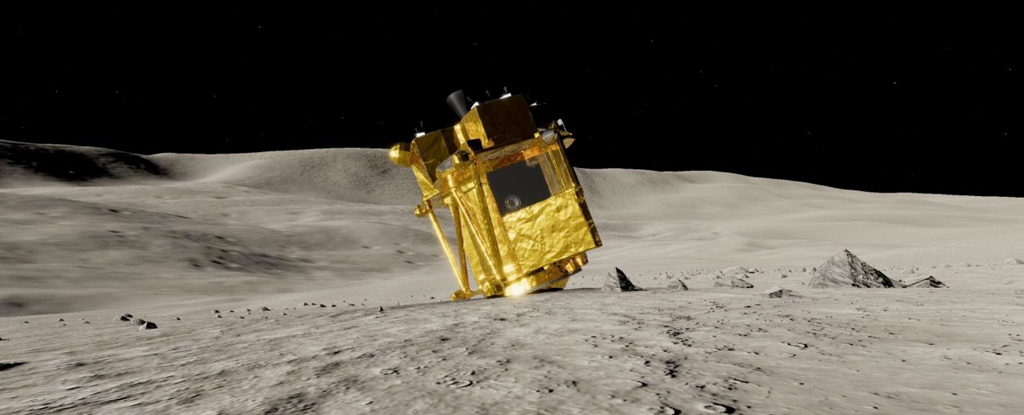Japan’s Moon lander has produced another surprise by waking up after the two-week lunar night, the country’s space agency said Monday.
The unmanned Smart Lander for Investigating Moon (SLIM) touched down last month at a wonky angle that left its solar panels facing the wrong way.
As the Sun’s angle shifted, it came back to life for two days and carried out scientific observations of a crater with a high-spec camera, the Japan Aerospace Exploration Agency (JAXA) said.
It went to sleep again as darkness returned and, since it was “not designed for the harsh lunar nights”, JAXA had been uncertain whether it would reawaken.
“Yesterday we sent a command, to which SLIM responded,” JAXA said on X, formerly Twitter, on Monday.
“SLIM succeeded in surviving a night on the Moon‘s surface while maintaining its communication function!”
SLIM越夜後運用にて、航法カメラでの撮像を実施しました! pic.twitter.com/MhXQXdBAaG
— 小型月着陸実証機SLIM (@SLIM_JAXA) February 26, 2024
It said communications were “terminated after a short time, as it was still lunar midday and the temperature of the communication equipment was very high”.
But it added: “Preparations are being made to resume operations when instrument temperatures have sufficiently cooled.”
SLIM, dubbed the “Moon Sniper” for its precision landing technology, touched down within its target landing zone on January 20.
The feat was a win for Japan’s space programme after a string of recent failures, making the nation only the fifth to achieve a “soft landing” on the Moon, after the United States, the Soviet Union, China and India.
But during its descent, the craft suffered engine problems and ended up on its side, meaning the solar panels were facing west instead of up.
The aim of the mission is to examine a part of the Moon’s mantle – the usually deep inner layer beneath its crust – that is believed to be accessible.
Rocks exposed in this area are “crucial in the search for the origins of the Moon and the Earth”, Tomokatsu Morota, associate professor at the University of Tokyo specialising in lunar and planetary exploration, previously told AFP.
This includes shedding light on the mystery of the Moon’s possible water resources, which will also be key to building bases there one day as possible stopovers on the way to Mars.
The latest news from SLIM comes after JAXA toasted a successful blast-off for its new flagship H3 rocket on February 17, making it third time lucky after years of delays and two previous failed attempts.
Countries including Russia, South Korea and the United Arab Emirates are also trying to reach the Moon.
The first American spaceship to the Moon since the Apollo era – the uncrewed Odysseus lander built by a private company and funded by NASA – landed near the lunar south pole on Thursday.
But its maker said the spacecraft was probably lying sideways following a dramatic landing, even as ground controllers worked to download data and surface photos from it.
Previous Japanese lunar missions have failed twice – one public and one private.
In 2022, the country unsuccessfully sent a lunar probe named Omotenashi as part of the United States’ Artemis 1 mission.
And in April last year, Japanese startup ispace tried in vain to become the first private company to land on the Moon, losing communication with its craft after what it described as a “hard landing”.





